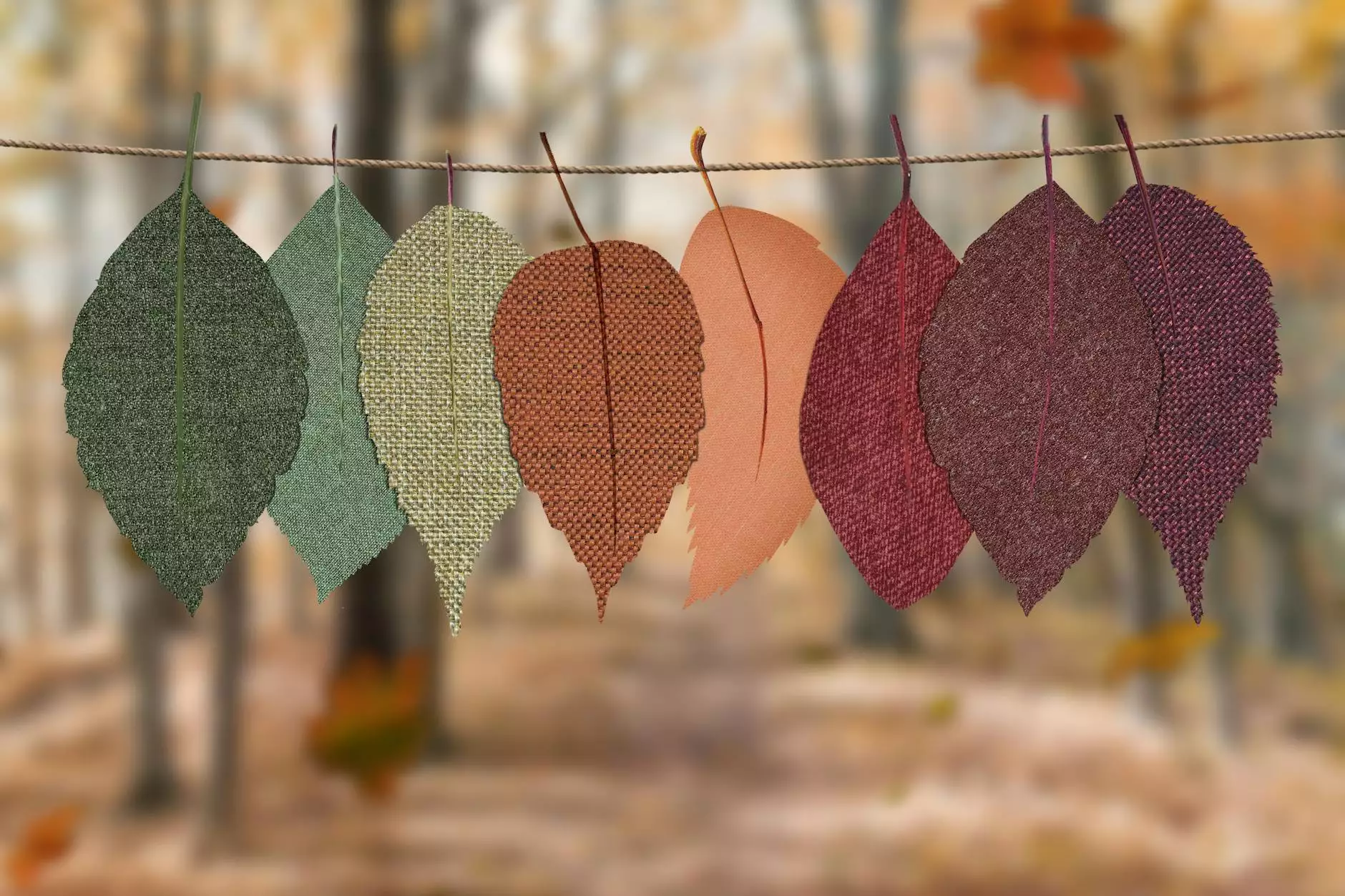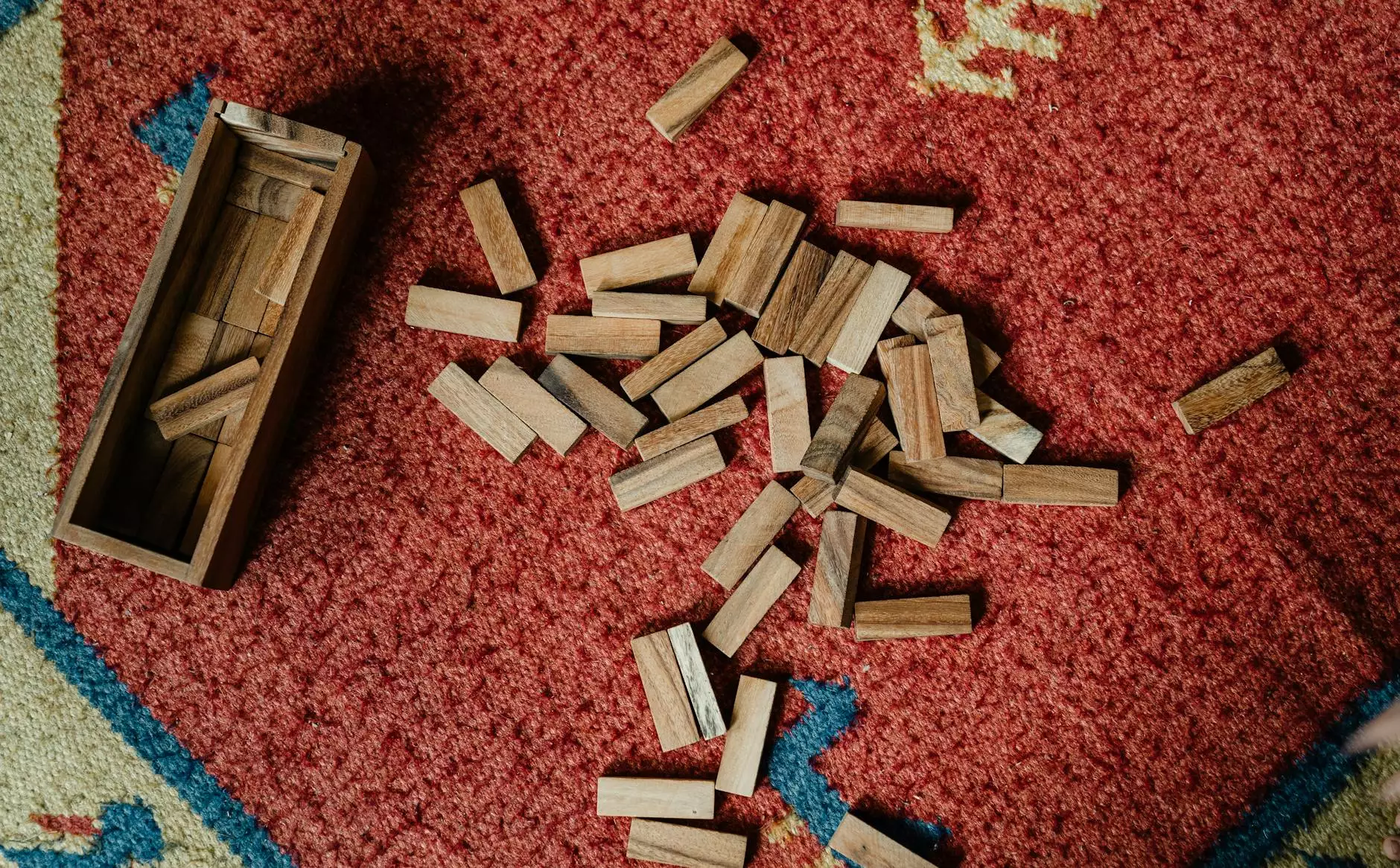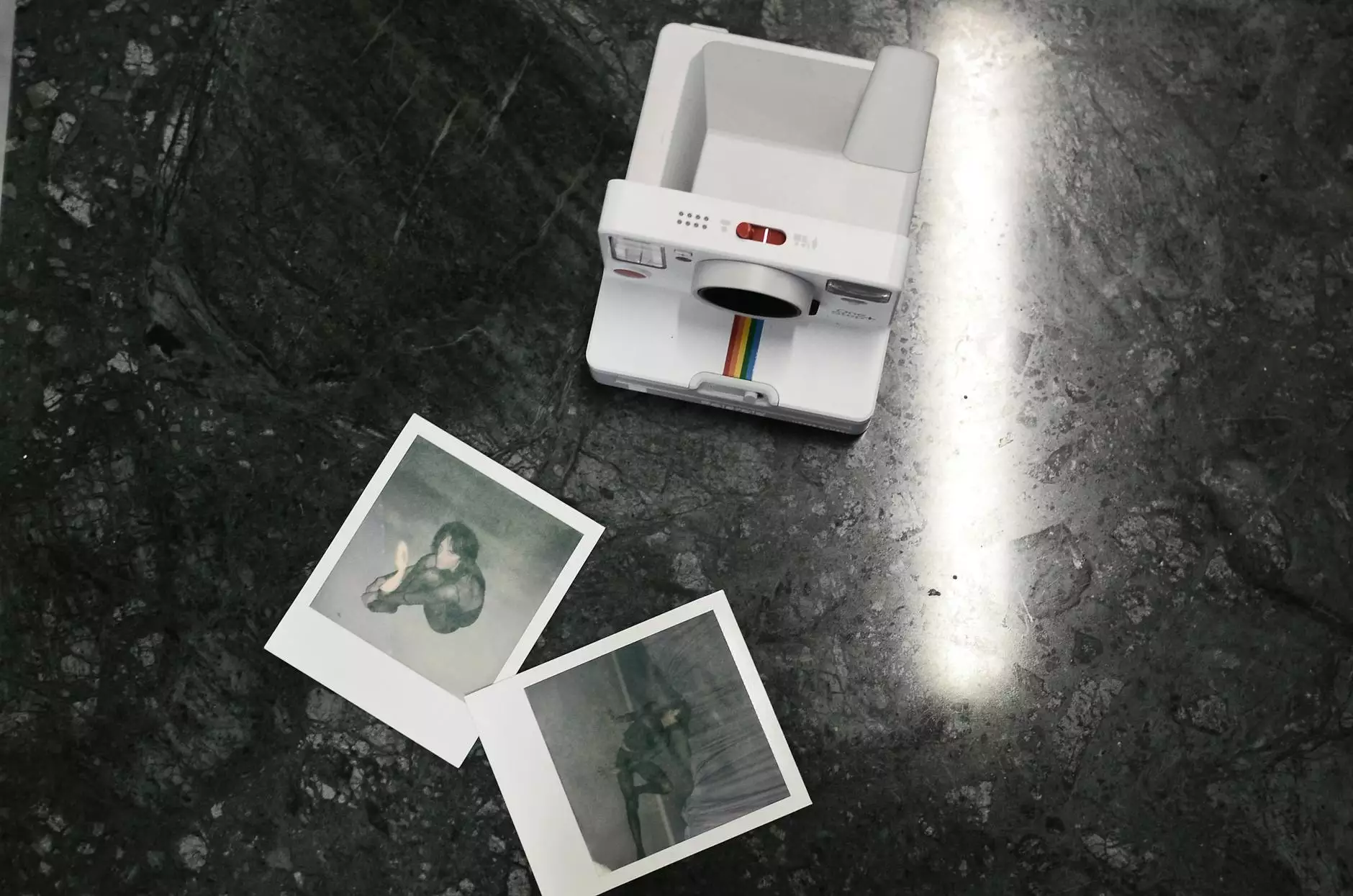Layers of the Ocean in a Jar DIY Experiment for Kids

Introduction
Welcome to The Knowledge Nest's comprehensive guide on exploring the mesmerizing layers of the ocean through an exciting DIY experiment for kids! This hands-on project will educate and entertain young learners, allowing them to marvel at the beauty and complexity of the underwater world.
About the Experiment
Embark on a scientific adventure with this engaging DIY experiment that recreates the various layers of the ocean in a simple jar. By layering different liquids of varying densities, kids will witness the magic of how the ocean's depth affects its unique characteristics.
Materials Needed
- A clear, transparent jar
- Water
- Corn syrup
- Vegetable oil
- Food coloring (blue)
- A spoon or stirring stick
- A sheet of paper and a pen for observations
Procedure
Follow these step-by-step instructions to create your very own ocean layers in a jar:
- Fill the jar about one-fourth full with water.
- Add a few drops of blue food coloring to the water and stir well.
- Pour corn syrup into the jar, filling it about half full.
- Slowly pour vegetable oil into the jar, leaving some space at the top.
Observe how the different liquids create distinct layers, just like the ocean.
The Ocean's Sunlit Zone
The topmost layer of the ocean, known as the sunlit zone or euphotic zone, is characterized by abundant sunlight that penetrates the water, enabling photosynthesis to occur. This vibrant zone is teeming with life, including phytoplankton, corals, and a variety of marine plants.
The Mesopelagic Zone
Beneath the sunlit zone lies the mesopelagic or twilight zone. This zone lacks the sufficient amount of sunlight required for photosynthesis. Despite the limited light, it is home to a diverse range of marine organisms, such as lanternfish, squid, and jellyfish, which have adapted to survive in low-light conditions.
The Bathypelagic Zone
The bathypelagic or midnight zone extends even deeper into the ocean. Complete darkness prevails in this zone, and the water pressure significantly increases. Remarkably, various bioluminescent creatures like anglerfish and gulper eels inhabit this mysterious and chilling environment.
The Abyssopelagic Zone
Descending further into the abyssopelagic or abyssal zone, the water turns icy cold, and the pressure becomes extremely intense. This zone harbors an astonishing array of bizarre and elusive organisms, such as deep-sea anemones, vampire squids, and tripod fish.
The Hadalpelagic Zone
Finally, reaching the deepest parts of the ocean, we encounter the hadalpelagic or hadal zone. This zone includes the captivating trenches and canyons that mark the Earth's deepest points, such as the Mariana Trench. Extraordinary creatures like amphipods, giant isopods, and abyssal sea cucumbers inhabit this inhospitable yet remarkable realm.
Conclusion
By conducting this fascinating ocean layers experiment, kids can grasp the concept of the ocean's different zones, their unique characteristics, and the incredible diversity of marine life within them. It is an excellent opportunity for young minds to explore science, nature, and the wonders of the underwater world.
Expand Your Knowledge With The Knowledge Nest
The Knowledge Nest is your trusted source for a wide range of educational articles, experiments, and resources. We aim to inspire and empower young learners to discover the world around them while fostering a love for learning. Join our community and keep exploring!










